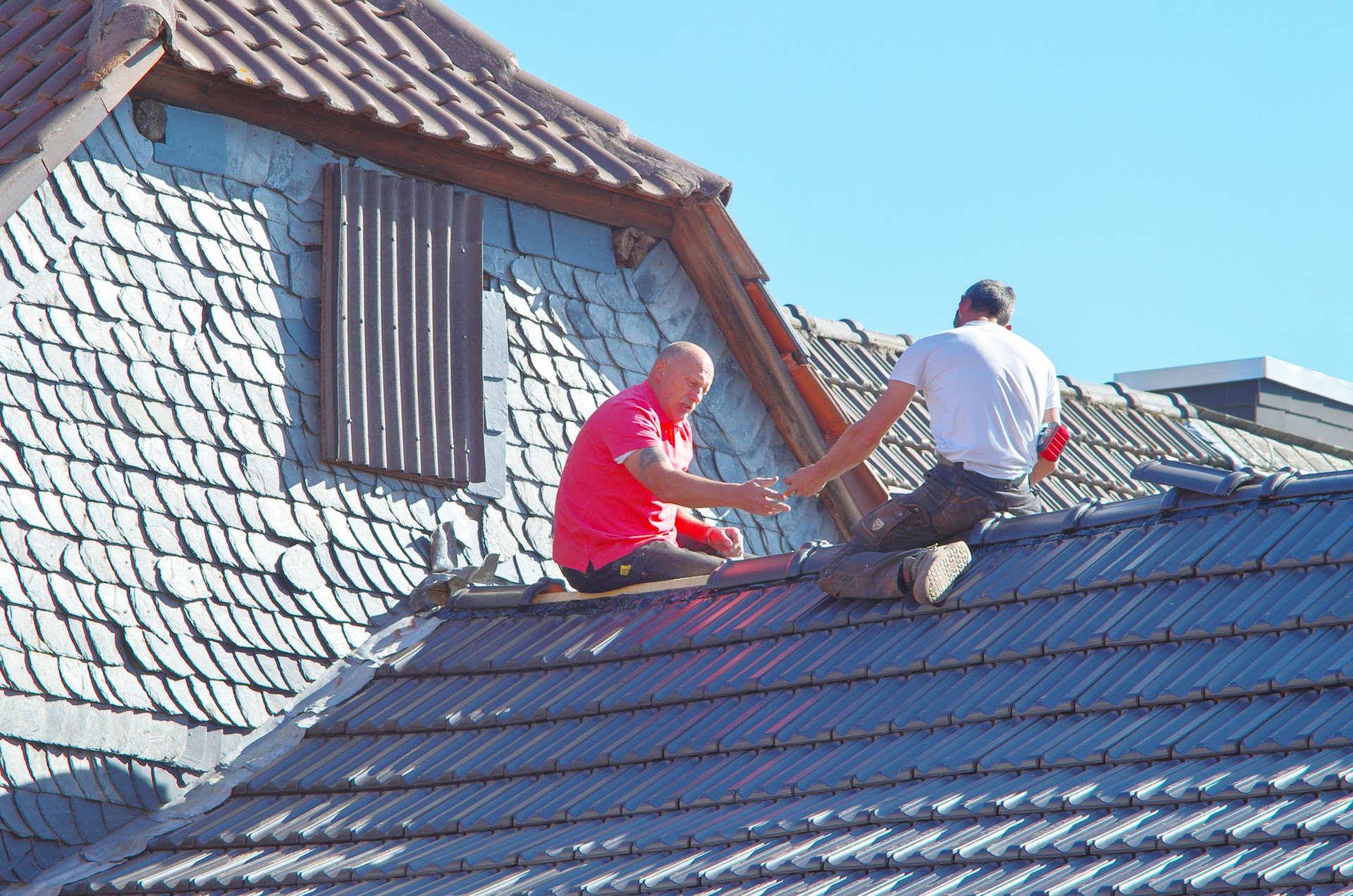
Whether you live in a region that experiences hurricanes, tornadoes, or heavy thunderstorms, protecting your home or business from the damaging effects of severe weather is a crucial concern. One often overlooked aspect of storm preparedness is selecting adequate roofing materials designed to withstand high winds, torrential rain, and hail. Storm-resistant roofing can provide added protection to your property and minimize the risk of costly damage due to weather events.
In this guide to storm-resistant roofing, we will explore the various roofing materials and solutions available to safeguard your residential or commercial property from Mother Nature’s harsh conditions. We will also discuss key factors to consider when choosing storm-resistant materials, such as wind ratings, impact resistance, and proper installation techniques.
The guide will delve into the benefits of investing in storm-resistant roofing, touching on aspects like increased protection, enhanced durability, potential insurance savings, and peace of mind for property owners. By understanding the importance of storm-resistant roofing and selecting the most suitable materials for your specific needs, you can feel confident knowing your property is better equipped to handle whatever weather comes its way.
Join us as we navigate the world of storm-resistant roofing solutions, providing essential insights and guidance to help homeowners and businesses make informed decisions on protecting their investments. Together, we can create a more resilient future by choosing materials and practices designed to withstand the challenges posed by severe weather events.
Understanding Storm-Resistant Roofing Requirements
Before discussing specific roofing materials, it is vital to understand the key factors determining a roof’s storm resistance. These factors include:
1. Wind Ratings: Roofing materials are assigned wind ratings, such as wind uplift, which indicate their ability to withstand high wind speeds without becoming dislodged or damaged. Higher ratings signal greater resistance to wind-related damage.
2. Impact Resistance: This factor assesses a roof’s ability to withstand damage from impact-related events, such as hailstones or wind-borne debris. Roofing materials with high-impact resistance are less likely to suffer damage in such events.
3. Water Resistance: A roof’s ability to prevent water infiltration and damage is crucial, especially in the face of torrential rain or prolonged wet weather. Storm-resistant roofing materials should provide excellent water resistance to minimize the risk of leaks and water damage.
It is also essential to ensure your roof’s structure and installation meet regional building codes or standards regarding wind and impact resistance, as these provide additional protection against severe weather events.
Popular Storm-Resistant Roofing Materials
There are several storm-resistant roofing materials designed to provide maximum protection against extreme weather conditions. Some popular options to consider for your residential or commercial property include:
1. Metal Roofing: Metal roofs offer exceptional wind and impact resistance due to their lightweight, interlocking panels and non-porous nature. They are also highly durable, fire-resistant, and low maintenance – making them an excellent long-term investment.
2. Asphalt Shingles: When investing in asphalt shingles, look for products specifically designed to be storm-resistant, such as those with high wind ratings or Class 4 impact resistance. These shingles often come with additional features, such as reinforced nailing zones and modified bitumen, to enhance their durability.
3. Clay and Concrete Tiles: While heavier than other materials, clay and concrete tiles can provide excellent wind and impact resistance when properly installed. Their weight and interlocking design help them remain in place during high winds, making them a popular choice in hurricane-prone regions.
4. Slate: Natural slate roofing is an exceptionally durable and long-lasting option, boasting excellent storm resistance due to its density and weight. However, due to its high cost and specialized installation requirements, slate is not suitable for all properties.
The Importance of Proper Installation
Proper installation is critical to the success of any storm-resistant roofing system. Even the most highly rated materials will fail to adequately protect your property if they are not correctly installed. It is essential to work with a reputable roofing contractor who is experienced in storm-resistant roofing installations and familiar with your region’s building codes and standards.
Proper installation involves practices such as reinforcing the roof deck, using appropriate underlayment materials, correct flashing installation to seal joints and prevent leaks, and using corrosion-resistant fasteners for attaching materials.
Benefits of Investing in Storm-Resistant Roofing
Investing in storm-resistant roofing offers numerous benefits beyond merely protecting your property from severe weather events. These advantages include:
1. Increased Protection: By choosing materials designed to withstand high winds, impacts, and heavy rain, you can protect your property from potential damage and minimize expenses related to repairs and reconstruction.
2. Enhanced Durability: Storm-resistant roofing materials tend to be more durable overall, reducing your maintenance costs and potentially extending your roof’s lifespan.
3. Insurance Savings: Many insurance companies offer discounts to policyholders who invest in storm-resistant roofing materials, recognizing the reduced risk of storm-related damage. By upgrading your roof, you may enjoy lower insurance premiums.
4. Peace of Mind: Knowing that your property is better equipped to handle severe weather events can provide you with added peace of mind, allowing you to focus on other aspects of storm preparedness.
Conclusion
Protecting your residential or commercial property from severe weather necessitates a proactive approach, including investing in storm-resistant roofing materials and ensuring proper installation. By doing so, you can significantly reduce the potential for storm-related damage, save money on insurance and maintenance costs, and improve your property’s overall durability and longevity.
As you explore your storm-resistant roofing options, consider consulting with an experienced roofing specialist at Roofing Masters Network, who can help you select the most appropriate materials and installation techniques for your specific needs. By making informed choices on storm-resistant roofing solutions, you can safeguard your property and contribute to building a more resilient future in the face of increasingly unpredictable weather patterns.

